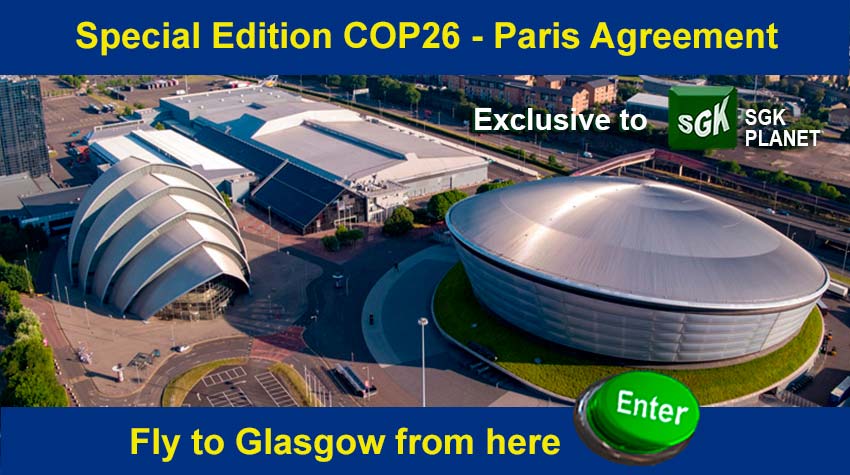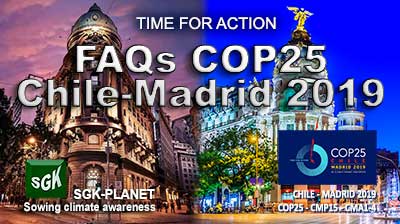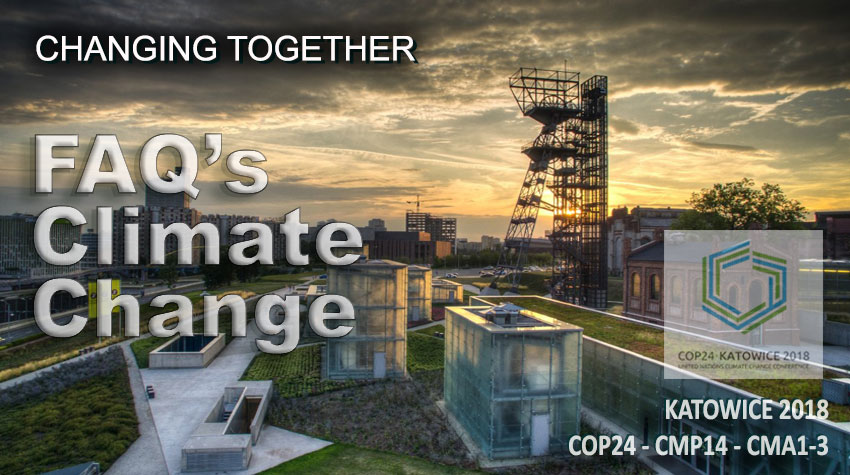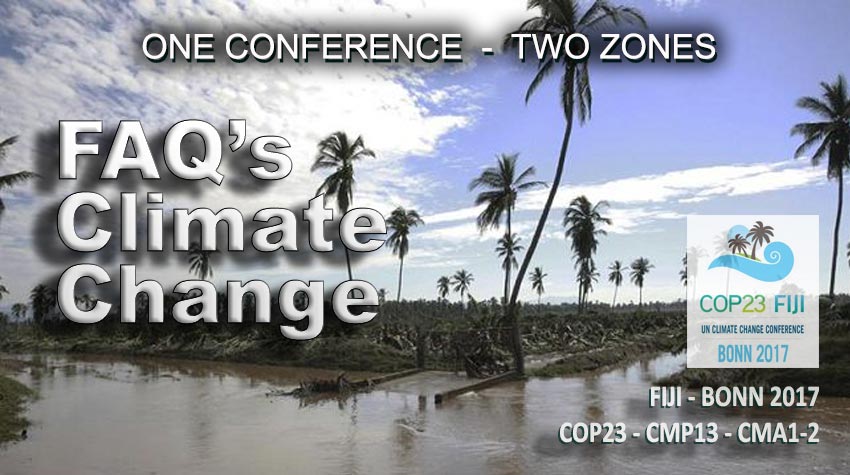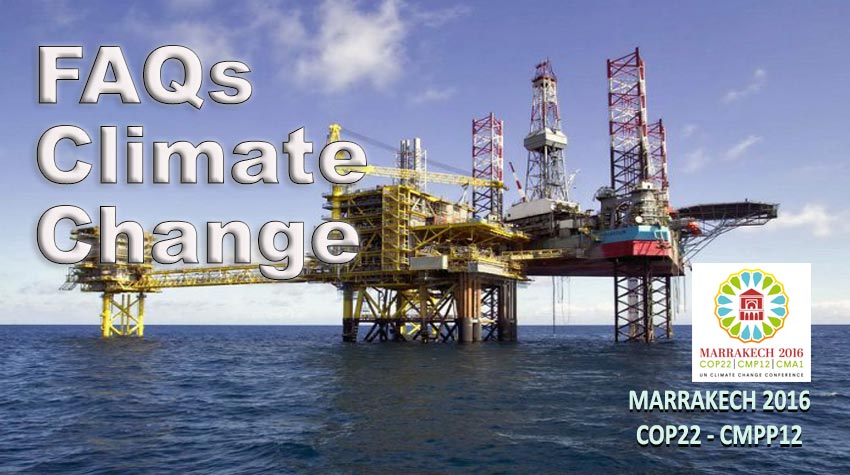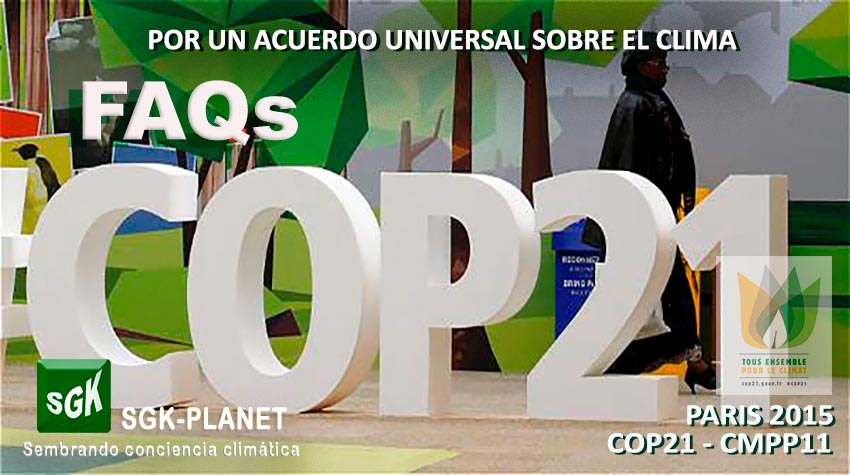
FAQs about Rio Summit 1992
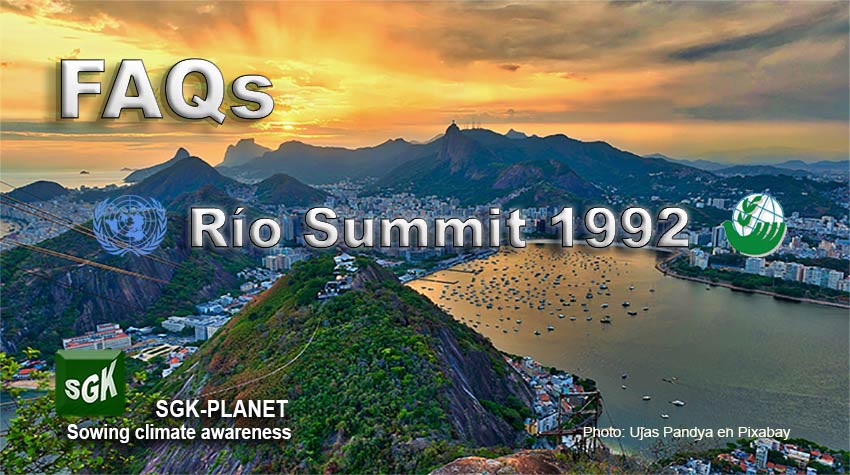
1. Why was the Rio Summit 1992 the Second Earth Summit?
In 1972, in Stockholm, the “First Earth Summit” was held, at the initiative of Sweden in conjunction with the UN. It produced the “Stockholm Declaration“, comparable to the Declaration of Human Rights, oriented towards the normalization of human beings’ relations with the environment. For this reason, it is recognized as the beginning of modern political and public awareness of global environmental problems.
After twenty years, the “Second Earth Summit” was held in Rio de Janeiro, Brazil. The Rio Summit 1992 was a fundamental meeting, where the foundations were laid to face the multiple threats on life on Earth, with a view to the 21st century. The Summit culminated with the “Rio Declaration on Environment and Development”.
However, the declarations, agreements and programs that were established there were not binding, that is, a legal framework was not created to obligate countries or parties to comply with them. This is why, in part, that after almost three decades have passed, most of the goals have not been achieved. The cause of this is that countries appeal to their sovereignty and therefore do not accept supranational mandates.
FAQs about Rio Summit 1992
1. Why was the Rio Summit 1992 the Second Earth Summit?
2. Who participated in the Rio Summit 1992?
3. What was the importance of the Rio Summit 1992?
4. What is the relationship between the Rio Summit 1992 and the COP?
5. What is the “Declaration of principles relating to forests” Rio 1992?
6. What is the “Convention on Biological Diversity” Rio 1992?
7. What is the “Convention to Combat Desertification”?
8. What is Agenda 21 and how does it relate to sustainable development?
9. What are the criticisms about the Rio Summit 1992?
10. Is the Paris Agreement a consequence of the Rio Summit 1992?

